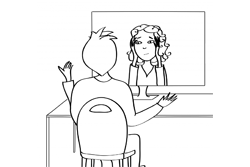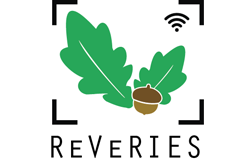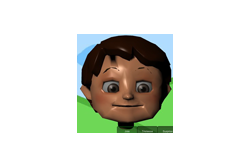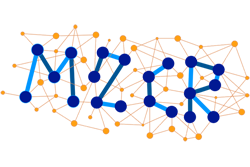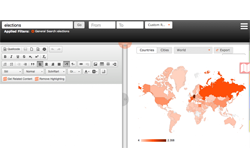TGRIS
Simulation for training on emotions (TGRIS)Date: 09/2016 – 12/2021Funding: RFI AltanStic 2020Call: starter projectPartners: Lab-STICC (France), cren (France)URL: https://lium.univ-lemans.fr/en/tgris/LIUM Participant(s): Iza MarfisiProject membres Iza Marfisi – Associate Professor, LIUM <iza.marfisi at univ-lemans.fr> Isabelle Vinatier – Full Professor, CREN <isabelle.vinatier at univ-nantes.fr > Elisabetta Bevacqua – Associate Professor, Lab-STICC <bevacqua at enib.fr> Project description In […]

 Français
Français
